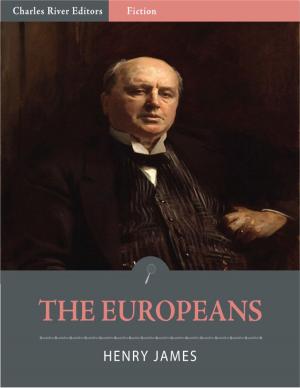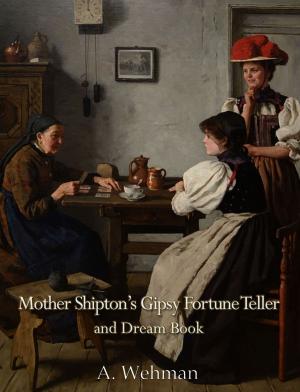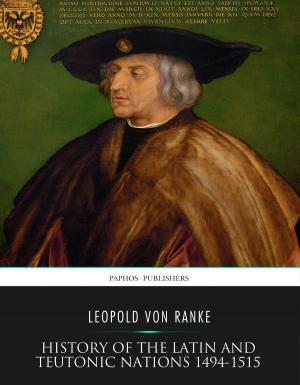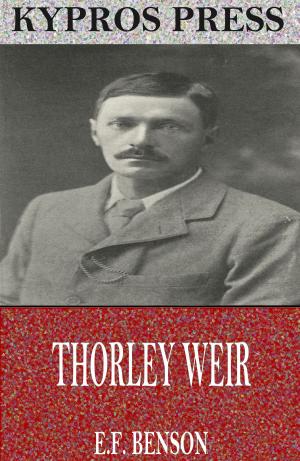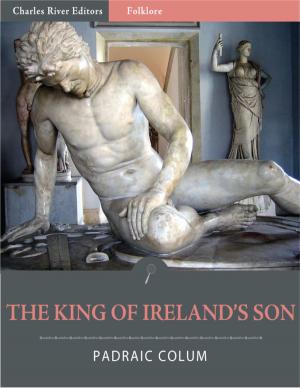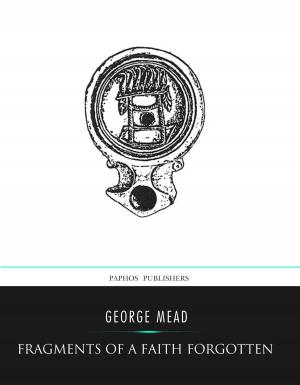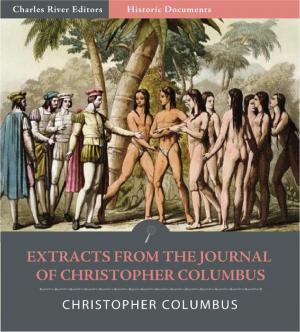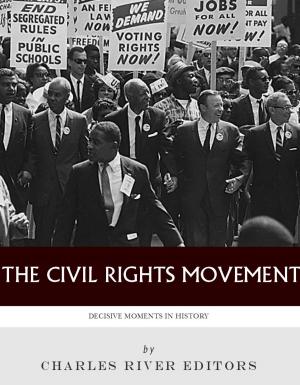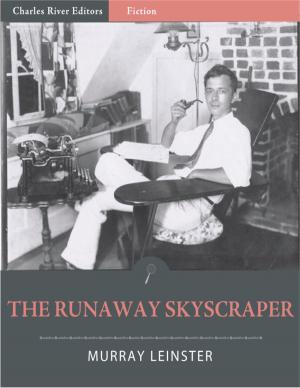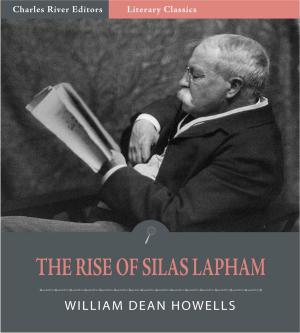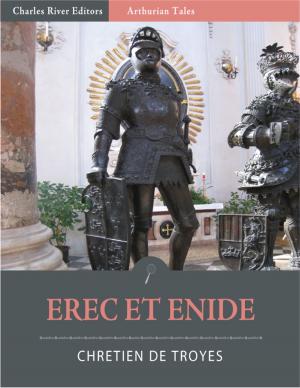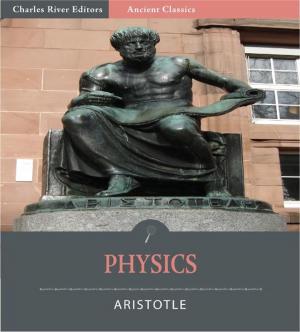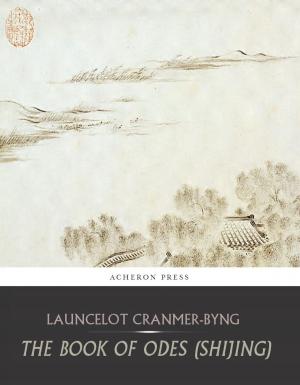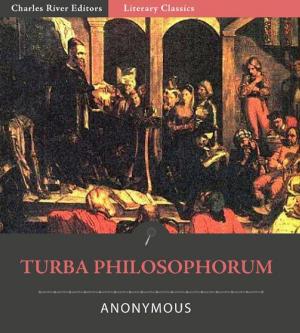Legends of the Renaissance: The Lives and Legacies of Ferdinand & Isabella
Nonfiction, History, Spain & Portugal, Biography & Memoir, Historical| Author: | Charles River Editors | ISBN: | 9781475322798 |
| Publisher: | Charles River Editors | Publication: | March 16, 2013 |
| Imprint: | Language: | English |
| Author: | Charles River Editors |
| ISBN: | 9781475322798 |
| Publisher: | Charles River Editors |
| Publication: | March 16, 2013 |
| Imprint: | |
| Language: | English |
Discusses all of the accomplishments of their reign, including the Reconquista against the Moors, the Spanish Inquisition, and Christopher Columbus's historic voyages.Includes pictures depicting the Catholic Monarchs and important people, places, and events in their lives.Includes a Bibliography for further reading.Includes a Table of Contents.A lot of ink has been spilled covering the lives of history's most influential figures, but how much of the forest is lost for the trees? When historians are asked to pick a point in history when Western civilization was transformed and guided down the path to modernity, most of them point to the Renaissance. Indeed, the Renaissance revolutionized art, philosophy, religion, sciences and math, with individuals like Galileo, Leonardo, Michelangelo, Raphael, Dante, and Petrarch bridging the past and modern society. In Charles River Editors' Legends of the Renaissance, readers can get caught up to speed on the lives of the most important men and women of the Renaissance in the time it takes to finish a commute, while learning interesting facts long forgotten or never known. Isabella and Ferdinand of Spain, given the title the "most Catholic monarchs" by the Pope during their reign over Spain, are often blamed for some of the greatest atrocities in history. Remembered primarily for commissioning Christopher Columbus's historical voyage to the New World in 1492, they have been assigned blame for the results of the Spanish Conquest, particularly the catastrophes that befell the Native Americans of the New World. But their reign also had profound influences on the European continent, including the barbarity of the Spanish Inquisition and the expulsion of the Jews from Spain. However, while the modern world finds it hard to look favorably on Ferdinand and Isabella, in their own time they were well-respected, admired, and even presented as a model for other monarchs. Regardless of her choices and actions, Isabella was a remarkably strong-willed woman, creating an empire and a marriage in which she had a voice equal to that of her husband. In allowing and encouraging this, Ferdinand, too, was exceptional. Perhaps most remarkably of all, theirs was a love story, rare among royalty.Their partnership, and their marriage, was born in a world unlike any other. During the fifteenth century, Spain was a collection of several independent kingdoms, including Castile and Aragon. While most of these countries were Catholic, Granada remained Muslim and under the control of the Moors. The Catholic countries that make up modern-day Spain were divided by differences in government, customs and dialects, and though the royal families of the Catholic countries within the Iberian Peninsula frequently intermarried to create short-lived alliances, but land and border disputes between individual countries led to war amongst each other, as well as neighboring lands like France. Their shared faith, and the partnership between Ferdinand and Isabella would help bring about the unification of a nation.Legends of the Renaissance: The Lives and Legacies of Ferdinand & Isabella chronicles the lives of the Catholic Monarchs and the profound historical legacies they left. Along with pictures of important people, places, and events, you will learn about Ferdinand and Isabella like you never have before, in no time at all.
Discusses all of the accomplishments of their reign, including the Reconquista against the Moors, the Spanish Inquisition, and Christopher Columbus's historic voyages.Includes pictures depicting the Catholic Monarchs and important people, places, and events in their lives.Includes a Bibliography for further reading.Includes a Table of Contents.A lot of ink has been spilled covering the lives of history's most influential figures, but how much of the forest is lost for the trees? When historians are asked to pick a point in history when Western civilization was transformed and guided down the path to modernity, most of them point to the Renaissance. Indeed, the Renaissance revolutionized art, philosophy, religion, sciences and math, with individuals like Galileo, Leonardo, Michelangelo, Raphael, Dante, and Petrarch bridging the past and modern society. In Charles River Editors' Legends of the Renaissance, readers can get caught up to speed on the lives of the most important men and women of the Renaissance in the time it takes to finish a commute, while learning interesting facts long forgotten or never known. Isabella and Ferdinand of Spain, given the title the "most Catholic monarchs" by the Pope during their reign over Spain, are often blamed for some of the greatest atrocities in history. Remembered primarily for commissioning Christopher Columbus's historical voyage to the New World in 1492, they have been assigned blame for the results of the Spanish Conquest, particularly the catastrophes that befell the Native Americans of the New World. But their reign also had profound influences on the European continent, including the barbarity of the Spanish Inquisition and the expulsion of the Jews from Spain. However, while the modern world finds it hard to look favorably on Ferdinand and Isabella, in their own time they were well-respected, admired, and even presented as a model for other monarchs. Regardless of her choices and actions, Isabella was a remarkably strong-willed woman, creating an empire and a marriage in which she had a voice equal to that of her husband. In allowing and encouraging this, Ferdinand, too, was exceptional. Perhaps most remarkably of all, theirs was a love story, rare among royalty.Their partnership, and their marriage, was born in a world unlike any other. During the fifteenth century, Spain was a collection of several independent kingdoms, including Castile and Aragon. While most of these countries were Catholic, Granada remained Muslim and under the control of the Moors. The Catholic countries that make up modern-day Spain were divided by differences in government, customs and dialects, and though the royal families of the Catholic countries within the Iberian Peninsula frequently intermarried to create short-lived alliances, but land and border disputes between individual countries led to war amongst each other, as well as neighboring lands like France. Their shared faith, and the partnership between Ferdinand and Isabella would help bring about the unification of a nation.Legends of the Renaissance: The Lives and Legacies of Ferdinand & Isabella chronicles the lives of the Catholic Monarchs and the profound historical legacies they left. Along with pictures of important people, places, and events, you will learn about Ferdinand and Isabella like you never have before, in no time at all.


